Choosing the right darts shaft is crucial for optimizing your throw and improving your overall game. This article will guide you through everything you need to know about selecting, using, and maintaining darts shafts, helping you enhance your darting performance. We’ll cover materials, lengths, and weights to help you find the perfect darts shaft for your style.
⚠️ Still Using Pen & Paper (or a Chalkboard)?! ⚠️
Step into the future! The Dart Counter App handles all the scoring, suggests checkouts, and tracks your stats automatically. It's easier than you think!
Try the Smart Dart Counter App FREE!Ready for an upgrade? Click above!
Understanding the nuances of darts shafts can significantly impact your game. While seemingly minor, the right shaft contributes greatly to consistent throws and improved accuracy. This comprehensive guide covers various aspects, from choosing the appropriate material and length to understanding the impact of weight and how to maintain your darts shafts for optimal longevity.
Choosing the Right Darts Shaft: Materials and Weight
The material of your darts shaft plays a significant role in its performance. Common materials include nylon, aluminum, and carbon fiber. Each offers unique advantages and drawbacks.
- Nylon Darts Shafts: These are the most common and often the most affordable. Nylon darts shafts are durable and relatively lightweight, making them a good option for beginners. However, they may not be as durable as other materials in the long run.
- Aluminum Darts Shafts: These offer superior durability compared to nylon. Aluminum darts shafts are more resistant to bending and breaking, making them a good choice for players who throw with more force. They generally provide a more consistent flight.
- Carbon Fiber Darts Shafts: The top-of-the-line option, carbon fiber darts shafts are exceptionally lightweight, strong, and offer the best flight characteristics. Their superior stiffness translates to improved accuracy and consistency. However, they are significantly more expensive than nylon or aluminum alternatives. If you are considering using these, you might want to read our dart v shaft review.
The weight of your darts shaft is equally important. Lighter shafts offer faster release and potentially less wrist strain. However, heavier shafts can provide more stability and control. Experimenting with different weights will help you find what works best for your throwing style. You may also consider a dart shaft extender to adjust the length and weight of your setup.
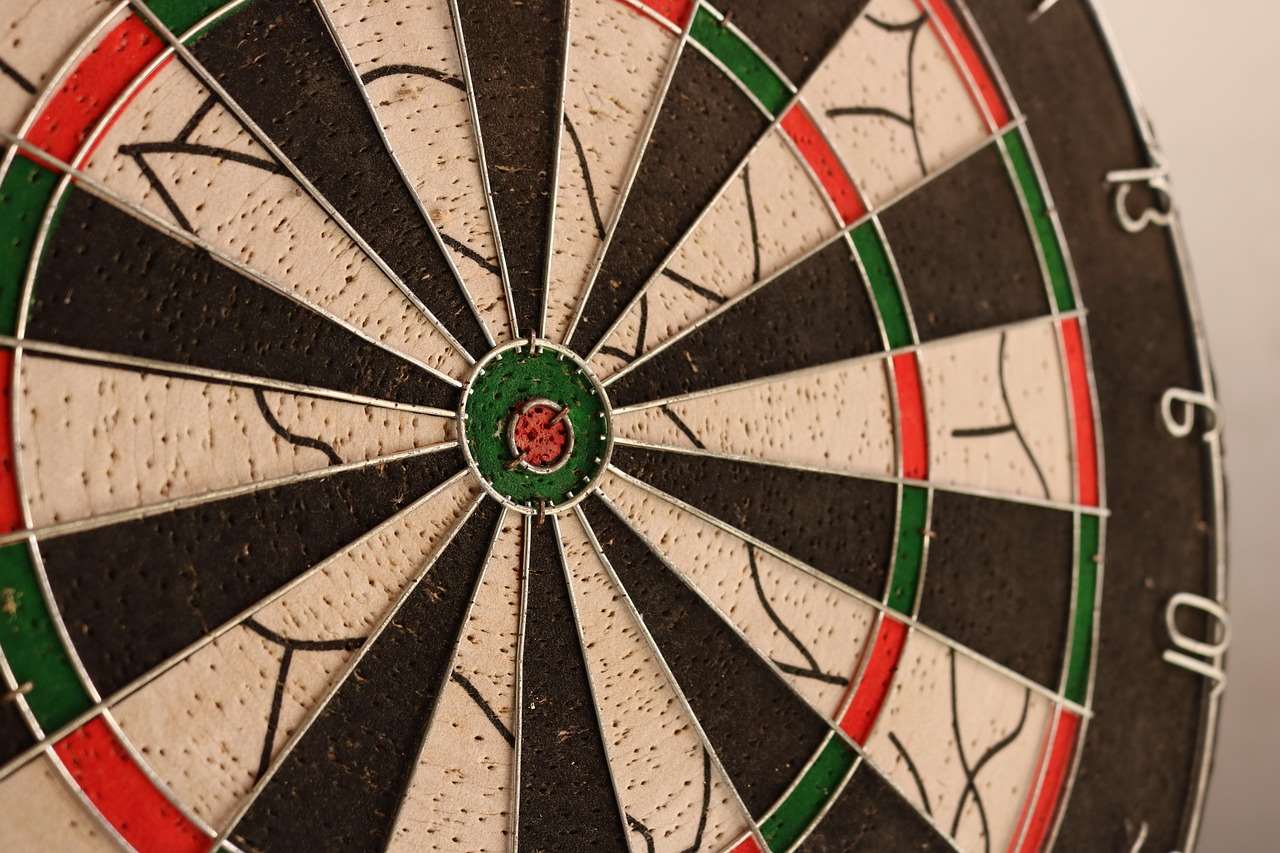
Darts Shaft Length and Diameter
The length of your darts shaft is another critical factor. Longer darts shafts provide more stability and reduce the impact of minor inconsistencies in your throw, making them ideal for players who prefer a more controlled release. Shorter darts shafts, on the other hand, offer a quicker release and may be better suited for players who prefer a more reactive throwing style. The diameter of the darts shaft also affects your grip and the overall balance of the dart.
Finding Your Ideal Length
Consider your throwing style and your personal preference. Many players find that a combination of shaft length and weight contributes to optimized performance. Some players might find that a longer, heavier darts shaft suits their needs better while others might prefer shorter, lighter ones. Experimentation is key to finding the perfect combination for your needs. If you’re unsure where to start, begin with a standard length darts shaft and adjust from there.
Remember that the correct darts shaft can make all the difference in your game. The proper balance between weight, length, and material of the shaft will ensure consistent and accurate throws. It’s always helpful to watch professionals, and learn from the best practices. For example, you could check out 9 dart finish pdc 2024 highlights to see how professionals use their shafts and maybe even learn some tips and tricks to improve your own game.
Maintaining Your Darts Shafts
Proper maintenance will extend the life of your darts shafts and ensure they remain in optimal condition for consistent performance. Regularly inspect your darts shafts for any signs of wear and tear, such as bending or cracking. Clean your darts shafts after each use to remove any dirt or debris that could affect their performance. Consider using a soft cloth or a specialized darts cleaning solution. Damaged darts shafts can have a considerable impact on the accuracy and consistency of your throws.
Replacing your darts shafts when they show signs of wear and tear is crucial for maintaining the highest level of performance. While neglecting damaged shafts might seem like a minor issue, using damaged ones increases your chances of losing a round. This can be quite frustrating, particularly if you’re playing professionally or at a high competitive level. For instance, imagine how inconvenient it would be during a crucial match. Instead of focusing on strategy, you might waste your precious time and energy trying to figure out what went wrong with your shot, and the cause could be due to damaged shafts.
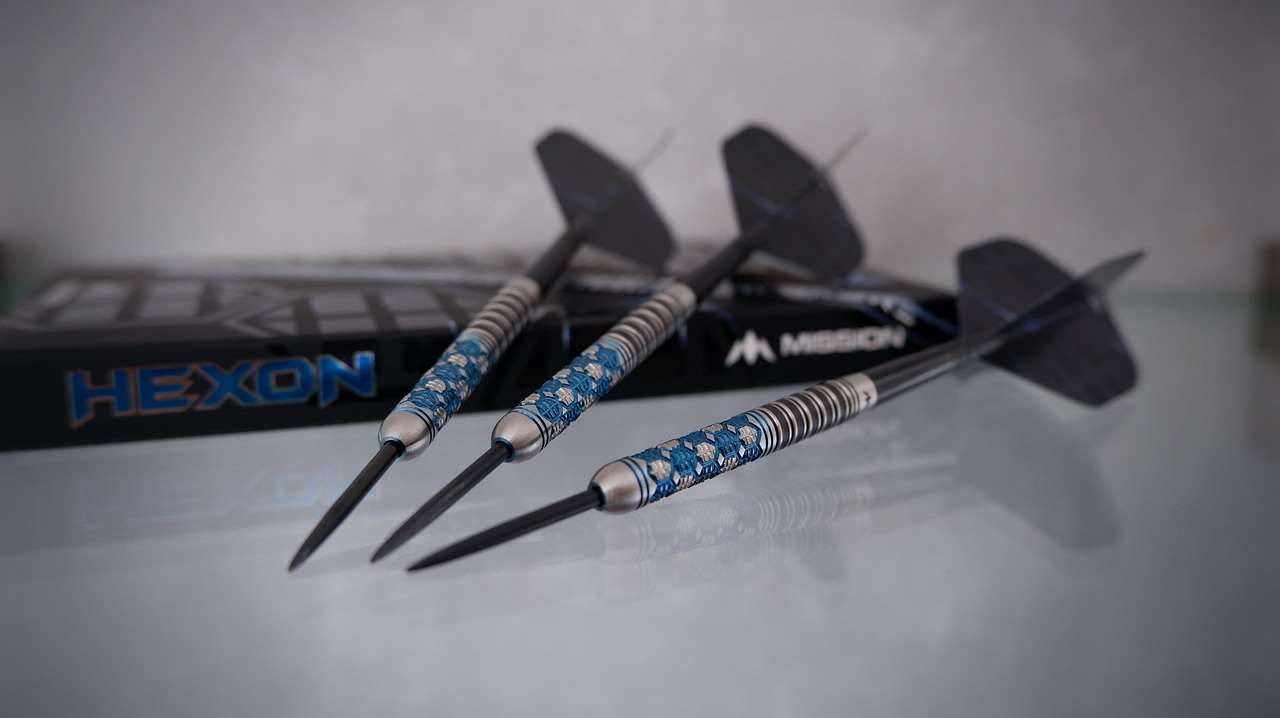
Different Types of Darts Shafts
Beyond the materials, there are variations in the design of darts shafts. Some are standard cylindrical shapes, while others have more unique profiles. These profiles can affect the grip and feel of the dart. Experimentation is key to finding a design that optimizes your grip and throwing consistency. Some players even prefer to customize their darts shafts to their exact specifications using various accessories.
Understanding Shaft Design Impact
The design of your darts shaft can impact how it interacts with your hand and your throwing style. This can include aspects such as the shaft’s overall profile, the grip provided, and how the design impacts the dart’s aerodynamic qualities. Different designs can accentuate or mitigate certain throwing styles, potentially improving your game if you select the appropriate design. You can easily find an extensive range of darts shafts for your favorite darts on darts amazon.
Choosing the correct darts shaft is a crucial aspect of achieving peak performance in darts. It’s a detail that often gets overlooked, but it’s essential in improving your accuracy and consistency. Remember to always keep your equipment in good shape for optimal performance.
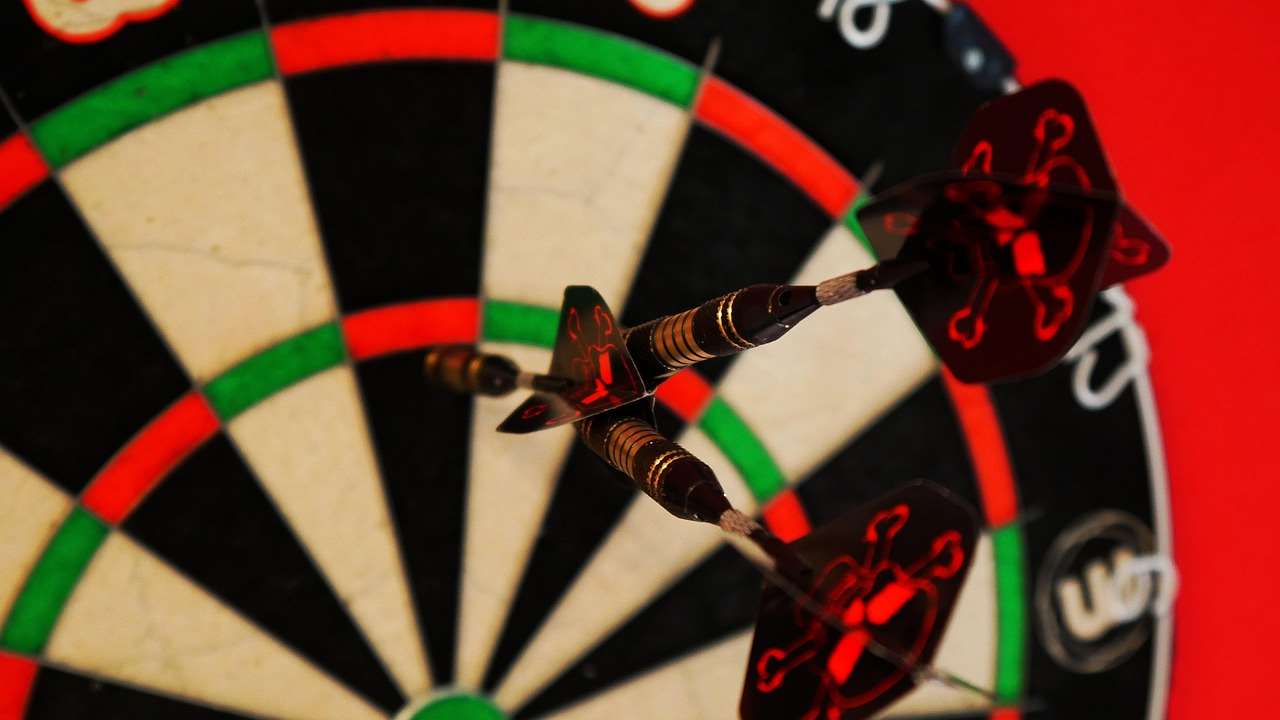
Frequently Asked Questions (FAQs) about Darts Shafts
Here are some frequently asked questions about darts shafts to further your understanding:
- Q: How often should I replace my darts shafts? A: Replace your darts shafts when you notice any signs of wear, such as bending, cracking, or significant scratches. Regular inspection is key. The frequency depends on your playing style and frequency.
- Q: What is the best material for darts shafts? A: The best material depends on your personal preference and playing style. Nylon is a budget-friendly option, aluminum offers increased durability, and carbon fiber provides superior lightness and stiffness.
- Q: How does the length of the darts shaft affect my throw? A: Longer shafts provide greater stability, while shorter shafts allow for a quicker release. Experiment with different lengths to find your ideal balance.
- Q: Where can I find a wide selection of darts shafts? A: Many online retailers and local sporting goods stores sell a variety of darts shafts. Consider checking out darts amazon or local retailers.
- Q: Can I customize my darts shafts? A: Yes, many players customize their darts shafts with different materials, lengths, and designs to achieve optimal performance and personal preference. You could even improve your darts setup with a useful darts scoreboard ebay.
Using a mobile app like Mobile dart scorer can help you track your scores and identify areas for improvement, which can be linked to your darts shaft choice.
Remember that the right darts shaft contributes significantly to consistent throws, improved accuracy, and ultimately, a better game. Explore your options, experiment with different weights and materials, and find the perfect match for your unique throwing style. You should also consider checking out target darts belgium or target darts bolide to see what types of darts and shafts professional players utilize.
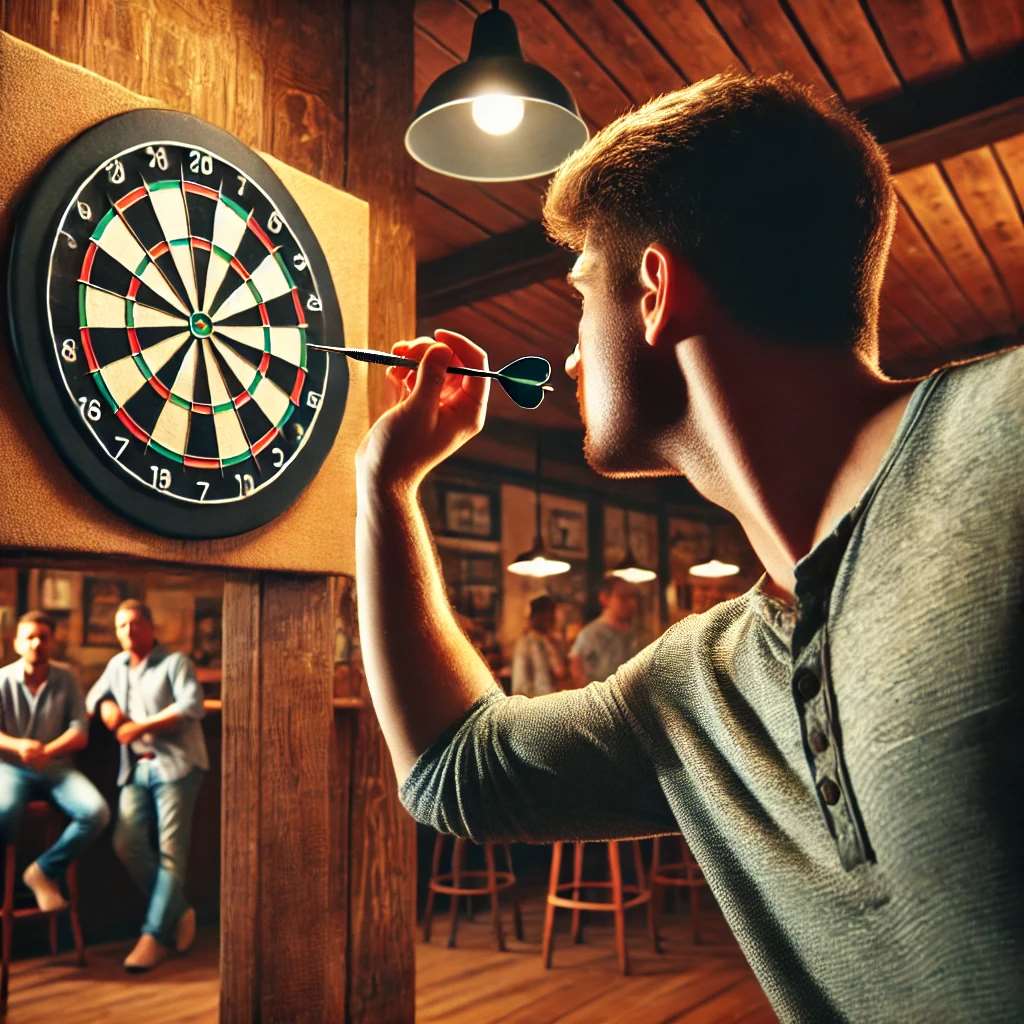
Conclusion: Mastering Your Darts Shaft Selection
Selecting the appropriate darts shaft is not simply about choosing a random component; it’s a critical aspect of enhancing your dart-throwing proficiency. This article has covered the essential considerations involved in selecting and maintaining your darts shafts, encompassing materials, lengths, weights, and maintenance. By understanding the interplay between these factors and your personal throwing style, you can significantly improve your accuracy, consistency, and overall enjoyment of the game.
Remember, experimentation is key. Try out different darts shafts to discover what feels most comfortable and yields the best results for your unique throwing technique. Don’t hesitate to adjust your setup as needed to optimize your performance. Regularly inspect your darts shafts for wear and tear, and replace them when necessary to maintain optimal performance. Finding the right darts shaft is an ongoing process of refinement, so keep experimenting and practicing!
With consistent practice and the right equipment, including a well-chosen darts shaft, you’ll be well on your way to improving your scores and enjoying your dart games to the fullest. Now that you’ve acquired this knowledge about darts shafts, start your journey of mastering the perfect throw. Happy darting!
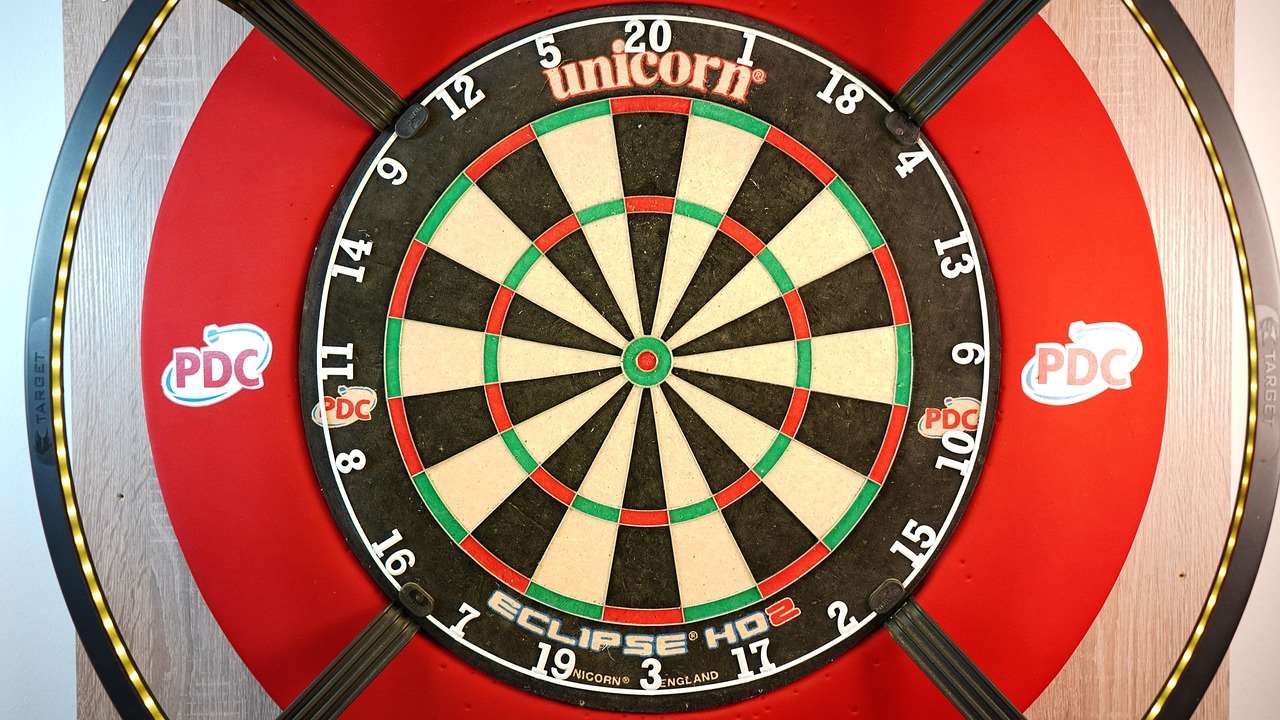
Hi, I’m Dieter, and I created Dartcounter (Dartcounterapp.com). My motivation wasn’t being a darts expert – quite the opposite! When I first started playing, I loved the game but found keeping accurate scores and tracking stats difficult and distracting.
I figured I couldn’t be the only one struggling with this. So, I decided to build a solution: an easy-to-use application that everyone, no matter their experience level, could use to manage scoring effortlessly.
My goal for Dartcounter was simple: let the app handle the numbers – the scoring, the averages, the stats, even checkout suggestions – so players could focus purely on their throw and enjoying the game. It began as a way to solve my own beginner’s problem, and I’m thrilled it has grown into a helpful tool for the wider darts community.